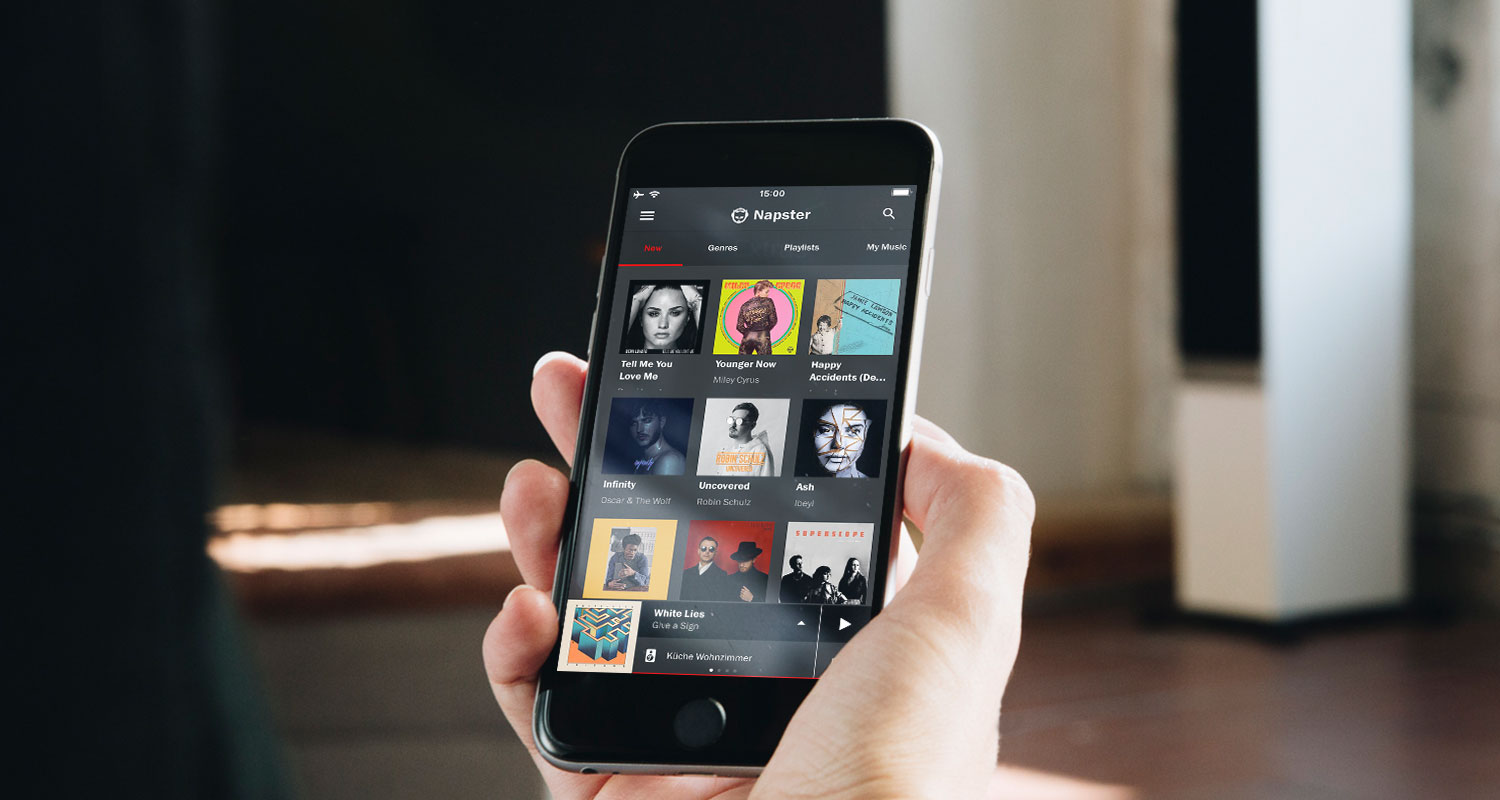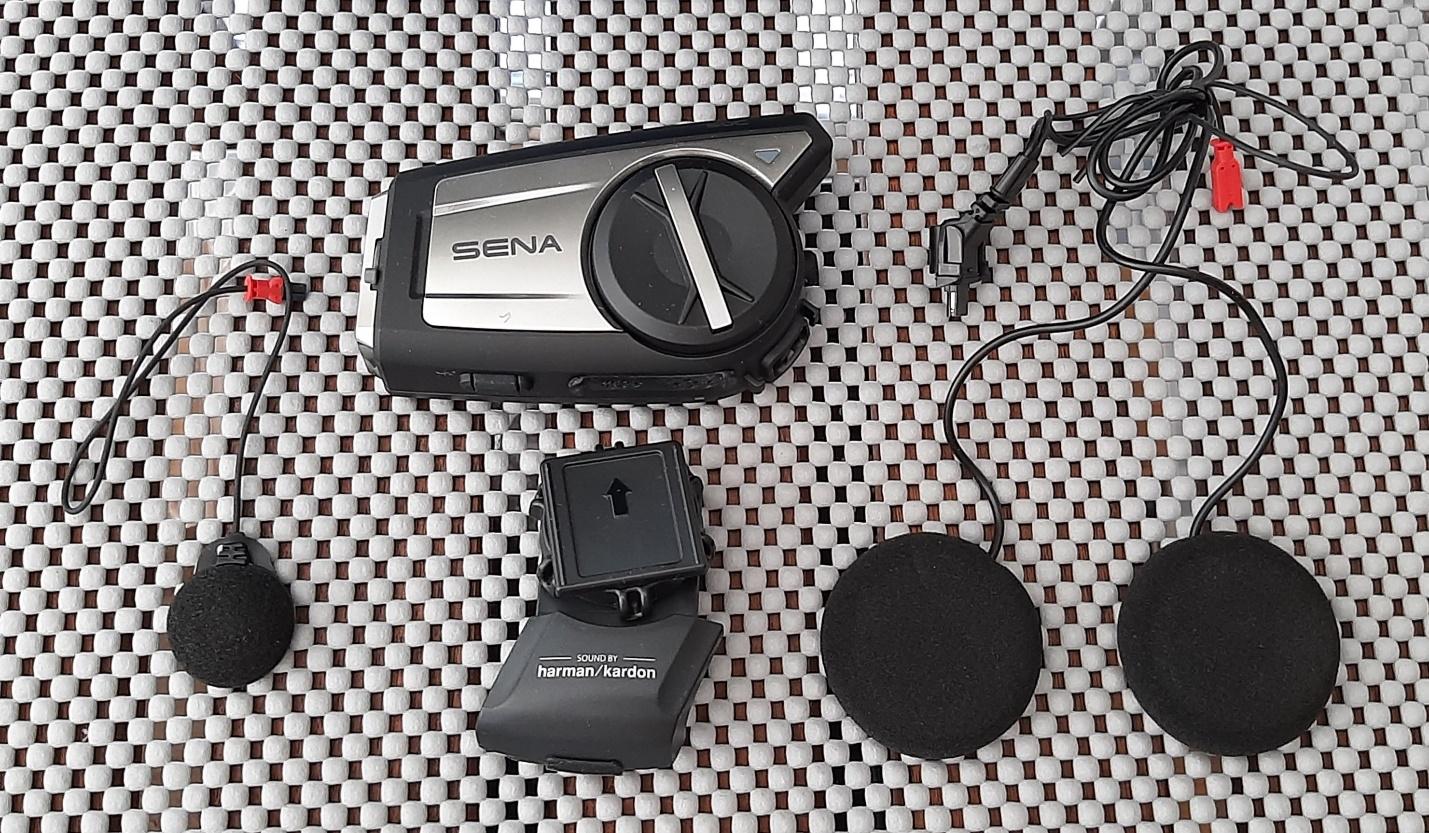Home>Devices & Equipment>Streaming>Why Does PC Temperature Jumps When Streaming Music


Streaming
Why Does PC Temperature Jumps When Streaming Music
Published: March 9, 2024
Learn why your PC temperature increases when streaming music and how to prevent overheating. Get expert tips for optimizing streaming performance.
(Many of the links in this article redirect to a specific reviewed product. Your purchase of these products through affiliate links helps to generate commission for AudioLover.com, at no extra cost. Learn more)
Table of Contents
Introduction
Streaming music has become an integral part of our daily lives, offering a convenient and immersive way to enjoy our favorite tunes. Whether we're unwinding after a long day, boosting our productivity at work, or setting the mood for a social gathering, streaming platforms have revolutionized the way we consume music. However, have you ever noticed your PC's temperature rising unexpectedly while streaming music? This phenomenon may seem perplexing at first, but there are logical explanations behind it.
In this article, we will delve into the intriguing relationship between streaming music and PC temperature. We will explore the factors that contribute to this temperature increase and provide valuable insights into managing your PC's temperature effectively. By gaining a deeper understanding of this phenomenon, you can optimize your streaming experience while safeguarding the health and performance of your PC.
So, let's embark on this enlightening journey to unravel the mysteries of PC temperature fluctuations during music streaming. Whether you're a casual music enthusiast or a dedicated audiophile, this exploration will equip you with the knowledge to ensure a seamless and enjoyable streaming experience without compromising your PC's well-being.
Understanding PC Temperature
To comprehend the impact of streaming music on PC temperature, it's crucial to first grasp the fundamentals of PC temperature regulation. The temperature of a computer is primarily governed by the heat generated from its internal components, including the CPU, GPU, and other essential hardware. These components operate at varying levels of intensity, producing heat as a byproduct of their functionality.
The PC's cooling system, comprising fans, heat sinks, and thermal paste, plays a pivotal role in dissipating this heat to maintain optimal operating temperatures. When the PC is under heavy load, such as during gaming or resource-intensive tasks, the cooling system works diligently to prevent overheating and ensure smooth performance.
However, even seemingly mundane activities like streaming music can contribute to a rise in PC temperature. This is due to the continuous operation of the CPU and other components required to process and stream audio data. While the workload may not be as demanding as gaming or video editing, it still exerts a consistent level of strain on the hardware, leading to a gradual increase in temperature.
Furthermore, the ambient temperature of the environment in which the PC is situated also influences its overall temperature. In warmer climates or poorly ventilated spaces, the PC may struggle to dissipate heat effectively, exacerbating the impact of streaming music on its temperature.
Understanding these underlying mechanisms sheds light on why PC temperature can fluctuate during seemingly light tasks such as streaming music. By recognizing the intricate interplay between hardware operation, heat generation, and cooling mechanisms, we can appreciate the nuanced factors contributing to this phenomenon. This knowledge forms the foundation for implementing effective strategies to manage PC temperature fluctuations while enjoying seamless music streaming experiences.
Impact of Streaming Music on PC Temperature
Streaming music, a seemingly innocuous activity, can exert a subtle yet discernible impact on a PC's temperature. While the computational demands of streaming music are considerably lower compared to resource-intensive tasks like gaming or video editing, the continuous operation of the CPU and other hardware components can gradually elevate the PC's temperature.
The process of streaming music involves decoding and processing audio data in real-time, necessitating the sustained engagement of the CPU and potentially the GPU. As the PC diligently processes and streams audio data, the workload, albeit modest, contributes to the generation of heat within the system. This heat, if not effectively dissipated, can lead to a gradual increase in the PC's temperature.
Moreover, the software infrastructure supporting music streaming, including the media player or streaming platform, may also consume system resources, further augmenting the overall workload on the PC. While these resource allocations are generally optimized for efficiency, they still contribute to the cumulative heat generation within the system.
Additionally, the impact of streaming music on PC temperature is influenced by the duration of the streaming session. Prolonged periods of continuous operation, especially in the absence of adequate cooling, can gradually elevate the PC's temperature. This is particularly relevant in scenarios where users engage in extended music streaming sessions, such as during work or leisure activities.
Furthermore, the ambient temperature of the environment in which the PC is situated plays a pivotal role in amplifying the impact of streaming music on its temperature. In warmer climates or poorly ventilated spaces, the PC's cooling system may encounter challenges in dissipating the heat generated during music streaming, exacerbating the overall temperature increase.
By recognizing these nuanced influences, it becomes evident that streaming music, despite its seemingly lightweight computational demands, can indeed contribute to the fluctuation of a PC's temperature. This understanding underscores the importance of implementing effective strategies to manage and optimize the PC's temperature regulation, ensuring a seamless and uninterrupted music streaming experience while safeguarding the system's performance and longevity.
Factors Contributing to Temperature Increase
The temperature increase experienced during music streaming can be attributed to a confluence of factors, each exerting a subtle yet cumulative impact on the PC's thermal dynamics. Understanding these contributing elements is pivotal in devising effective strategies to manage and mitigate temperature fluctuations. Let's delve into the intricate factors that underpin the temperature increase during music streaming:
-
Continuous CPU Engagement: While streaming music may not impose a heavy computational load, the sustained engagement of the CPU in processing and decoding audio data contributes to the gradual generation of heat within the system. The CPU's consistent operation, albeit at a moderate level, leads to a steady accumulation of thermal energy, elevating the overall temperature of the PC.
-
GPU Involvement: In scenarios where the GPU is utilized for audio processing or rendering, its contribution to the heat generation cannot be overlooked. While the GPU's role in music streaming may vary based on the software and hardware configurations, its operational involvement can augment the overall thermal output, influencing the PC's temperature.
-
Software Resource Allocation: The underlying software infrastructure supporting music streaming, including media players and streaming platforms, consumes system resources for seamless operation. This resource allocation, though optimized for efficiency, contributes to the cumulative workload on the PC, thereby influencing heat generation and temperature increase.
-
Duration of Streaming Sessions: Prolonged periods of continuous music streaming can progressively elevate the PC's temperature. The sustained operation of hardware components, coupled with the cumulative impact of heat generation, becomes more pronounced during extended streaming sessions, necessitating vigilant temperature management.
-
Ambient Environmental Conditions: The ambient temperature and ventilation of the environment in which the PC is situated significantly influence its thermal dynamics. In warmer climates or inadequately ventilated spaces, the PC's cooling system may encounter challenges in dissipating the heat generated during music streaming, exacerbating the temperature increase.
-
Hardware Efficiency and Aging: The efficiency of the PC's internal hardware, including the cooling system and thermal interface materials, directly impacts its ability to manage heat dissipation. Over time, as hardware components age, their thermal performance may diminish, amplifying the impact of temperature increase during music streaming.
By comprehensively examining these contributing factors, it becomes evident that the temperature increase during music streaming is a multifaceted outcome shaped by the interplay of hardware operation, software utilization, and environmental conditions. Acknowledging these influences empowers users to implement proactive measures for temperature management, ensuring an optimal and sustainable streaming experience while preserving the PC's performance and longevity.
Tips for Managing PC Temperature While Streaming Music
-
Optimize System Ventilation: Ensure that your PC is situated in a well-ventilated area, allowing for efficient heat dissipation. Positioning the PC away from obstructed spaces and ensuring adequate airflow can significantly aid in managing its temperature during music streaming.
-
Regular Dusting and Maintenance: Periodically clean the internal components of your PC to remove accumulated dust and debris. Dust can impede the cooling system's effectiveness, leading to elevated temperatures. By maintaining a clean internal environment, you can enhance the PC's thermal regulation capabilities.
-
Monitor CPU and GPU Usage: Utilize system monitoring tools to track the CPU and GPU usage during music streaming. If either component exhibits excessive utilization, consider optimizing background processes or adjusting streaming settings to alleviate the workload on these critical hardware elements.
-
Invest in Quality Cooling Solutions: Consider upgrading your PC's cooling system with high-performance fans, heat sinks, or liquid cooling solutions. Enhanced cooling mechanisms can effectively mitigate temperature spikes during music streaming, ensuring sustained thermal stability.
-
Manage Streaming Software and Codecs: Opt for efficient and lightweight streaming software and audio codecs to minimize the computational overhead on your PC. Streamlining the software infrastructure can alleviate the strain on the system, contributing to more controlled temperature dynamics.
-
Implement Power Management Settings: Configure power management settings to optimize energy usage and thermal performance. Balanced power profiles can regulate the hardware's operation, promoting efficient temperature management without compromising streaming quality.
-
Strategic Streaming Breaks: Incorporate intermittent breaks during extended streaming sessions to allow the PC's components to cool down. This simple yet effective approach can prevent prolonged temperature elevation, promoting a healthier thermal equilibrium within the system.
-
Upgrade Thermal Interface Materials: Consider upgrading the thermal interface materials, such as thermal paste, to enhance heat transfer efficiency between the CPU/GPU and their respective heat sinks. Improved thermal interfaces can bolster the PC's cooling capabilities, contributing to more effective temperature regulation.
-
Environmental Temperature Control: If feasible, regulate the ambient temperature of the room where the PC is located. Maintaining a cooler environment can complement the PC's cooling efforts, mitigating the impact of external heat on its overall temperature.
-
Routine Hardware Inspections: Periodically inspect the hardware components for signs of wear or inefficiency. Addressing potential hardware issues proactively can prevent temperature-related complications and sustain the PC's thermal performance over time.
By integrating these proactive measures into your PC maintenance and streaming routines, you can effectively manage the temperature fluctuations induced by music streaming. These strategies not only optimize the PC's thermal dynamics but also contribute to a more reliable and enduring streaming experience, ensuring the harmonious coexistence of music enjoyment and system well-being.











